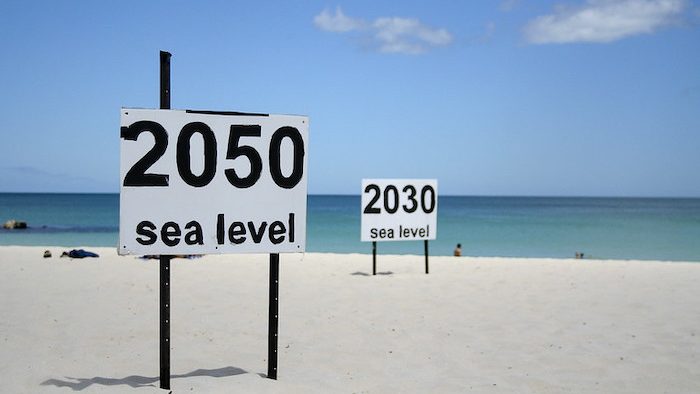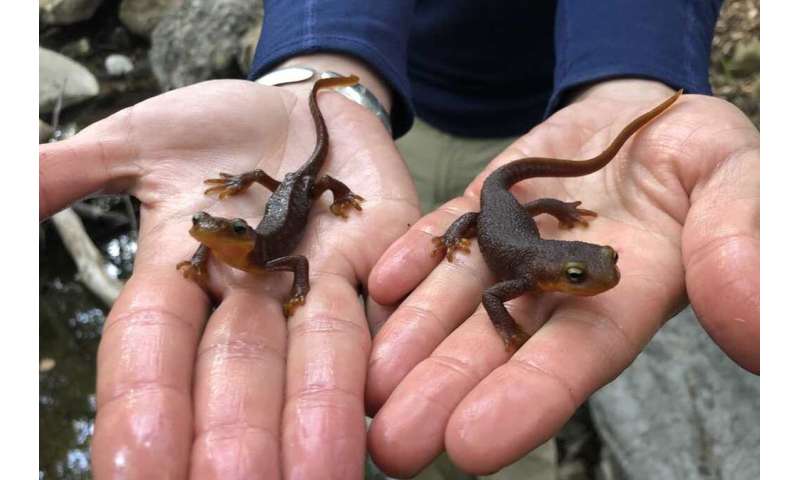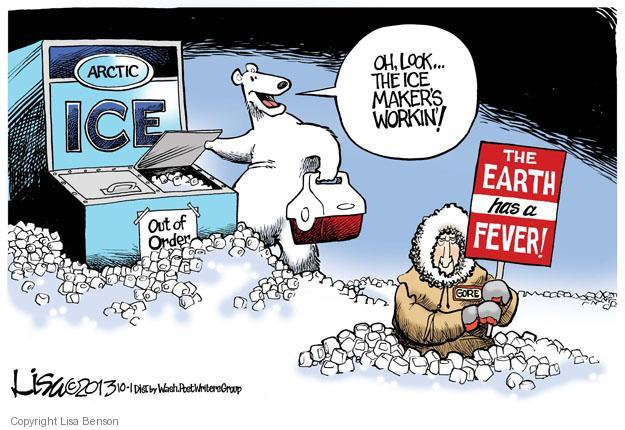Beaches Not Disappearing

John Tamny writes at Real Clear Markets ‘Studies’ Indicate Disappearing Beaches. Markets Think Studies Idiotic. Excerpts in italics with my bolds and images.
As USA Today recently reported, a new study from the European Union’s Joint Research Center warns that a global catastrophe looms due to “the near-extinction of almost half of the world’s sandy beaches by the end of the century.” Hmmmm. Really?
It seems the only individuals who never get the message about the “near-extinction” of beaches are those who actually live at those beaches, along with those who yearn to live at beaches. Stop and think about it.
Presumably the desirability of Malibu, Laguna, La Jolla, the Hamptons, Martha’s Vineyard, Newport (RI), Ibiza, St. Tropez and other glamorous coastal locales has something to do with these destinations existing essentially on the beach. In other words, land and the housing that sits on said land is quite bit more valuable in Malibu than it is in the San Fernando Valley that is just over the hill from Malibu. Malibu is on or near the beach, while San Fernando Valley is, for lack of a better word, inland.
Though houses are expensive in parts of the San Fernando Valley, they don’t fetch anywhere near the amount that “shacks” in Malibu do. To the halfway awake, the previous sentence is a statement of the obvious.
Those of us in possession of passably sound mind understand that property on the beach or near the beach is quite a bit more desirable than cities and towns far from it.
Crucial is that what’s true in California is true around the world. Housing near the water is almost monolithically dear relative to what’s inland from the water. It’s almost a waste of words to write down what is so obvious.
Yet it’s worth writing down in consideration of all the alarmism on the part of climate scientists (and those who aim to mimic them), and who claim that so much of the world’s beaches are set to disappear thanks to the theory that is global warming, or the tautology that’s climate change. Don’t you get it readers, “studies” show us that the world’s beaches are set to disappear.
Ok, but if so, does anyone seriously think Meyer could have fetched so much for his Malibu compound, and does anyone think beach real estate globally would be so eye-wateringly expensive if the world’s beaches were set to disappear? Implicit in this dour, alarmist view is that markets are incredibly dense; that the world’s richest don’t see what climate scientists see all-too-clearly.
To the above, some will say the rich are too rich to care. On its face the previous assertion is doubtful, plus haven’t the perpetually alarmed and offended told us for decades that the rich are “greedy”? If so, why would they place so much of their wealth in harm’s way? And what about insurance companies. Why would they insure properties that are set to be washed away? And again, why did Meyer enjoy such an impressive return on his Malibu house; one whose transfer in the $5 million range was once the stuff of Hollywood legend?
More broadly, all the hand wringing by the climate alarmists must be considered in terms of what the world is enduring right now.
Getting into specifics, politicans around the world are overseeing the shutdown of the global economy based on a theory that millions will die if they get to close to one another. The economic agony these actions have brought about is and will be massively cruel in terms of jobs lost, businesses shuttered, and dreams dashed. Scary about all this is that the global warming true believers view economic growth as a major threat to the planet, and similarly seek economic shutdown by political force to save the planet.
Readers might keep this in mind in consideration of how they feel now, and how they might feel in the future if the warming alarmists get their way.
Ideally before these climate religionists get the chance to commit major damage, the market signals provided by people like Ron Meyer will gain needed attention. Indeed, just once it would be great for the climate alarmists in our midst to answer why, if beaches are allegedly disappearing, beach houses are so expensive.
John Tamny is editor of RealClearMarkets, Vice President at FreedomWorks, and a senior economic adviser to Toreador Research and Trading (www.trtadvisors.com). His new book is titled They’re Both Wrong: A Policy Guide for America’s Frustrated Independent Thinkers. Other books by Tamny include The End of Work, about the exciting growth of jobs more and more of us love, Who Needs the Fed? and Popular Economics. He can be reached at jtamny@realclearmarkets.com.

For an analysis comparing model projections with tidal guage observations see:
USCS Warnings of Coastal Floodings




























